All about Reinforcement Concrete
Reinforced concrete (RC) (also called reinforced cement concrete or RCC) is a composite material in which concrete's relatively low tensile strength and ductility are counteracted by the inclusion of reinforcement having higher tensile strength or ductility. The reinforcement is usually, though not necessarily, steel reinforcing bars (rebar) and is usually embedded passively in the concrete before the concrete sets. Reinforcing schemes are generally designed to resist tensile stresses in particular regions of the concrete that might cause unacceptable cracking and/or structural failure. Modern reinforced concrete can contain varied reinforcing materials made of steel, polymers or alternate composite material in conjunction with rebar or not. Reinforced concrete may also be permanently stressed (concrete in compression, reinforcement in tension), so as to improve the behaviour of the final structure under working loads. In the United States, the most common methods of doing this are known as pre-tensioning and post-tensioning.
For a strong, ductile and durable construction the reinforcement needs to have the following properties at least:
- High relative strength
- High toleration of tensile strain
- Good bond to the concrete, irrespective of pH, moisture, and similar factors
- Thermal compatibility, not causing unacceptable stresses in response to changing temperatures.
- Durability in the concrete environment, irrespective of corrosion or sustained stress for example
Use in construction[edit]
Many different types of structures and components of structures can be built using reinforced concrete including slabs, walls, beams, columns, foundations, frames and more.
Reinforced concrete can be classified as precast or cast-in-place concrete.
Designing and implementing the most efficient floor system is key to creating optimal building structures. Small changes in the design of a floor system can have significant impact on material costs, construction schedule, ultimate strength, operating costs, occupancy levels and end use of a building.
Without reinforcement, constructing modern structures with concrete material would not be possible
Bagaimana tetulang berfungsi di dalam sesuatu jasad konkrit
Jenis-jenis Bar Tetulang
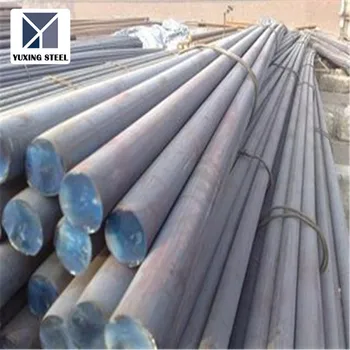
Keluli Lembut/ Mild Steel
Deformed Bar/ Bar besi bercorak
Keluli berjaring / BRC
Penggunaan BRC
Apa itu penutup konkrit / Concrete Cover?
Concrete cover
Bagaimana membolehkan terbentuknya penutup konkrit / concrete cover dengan penggunaan blok penjarak / spacer

Spacer for slab reinforcement


Pelbagai jenis spacer
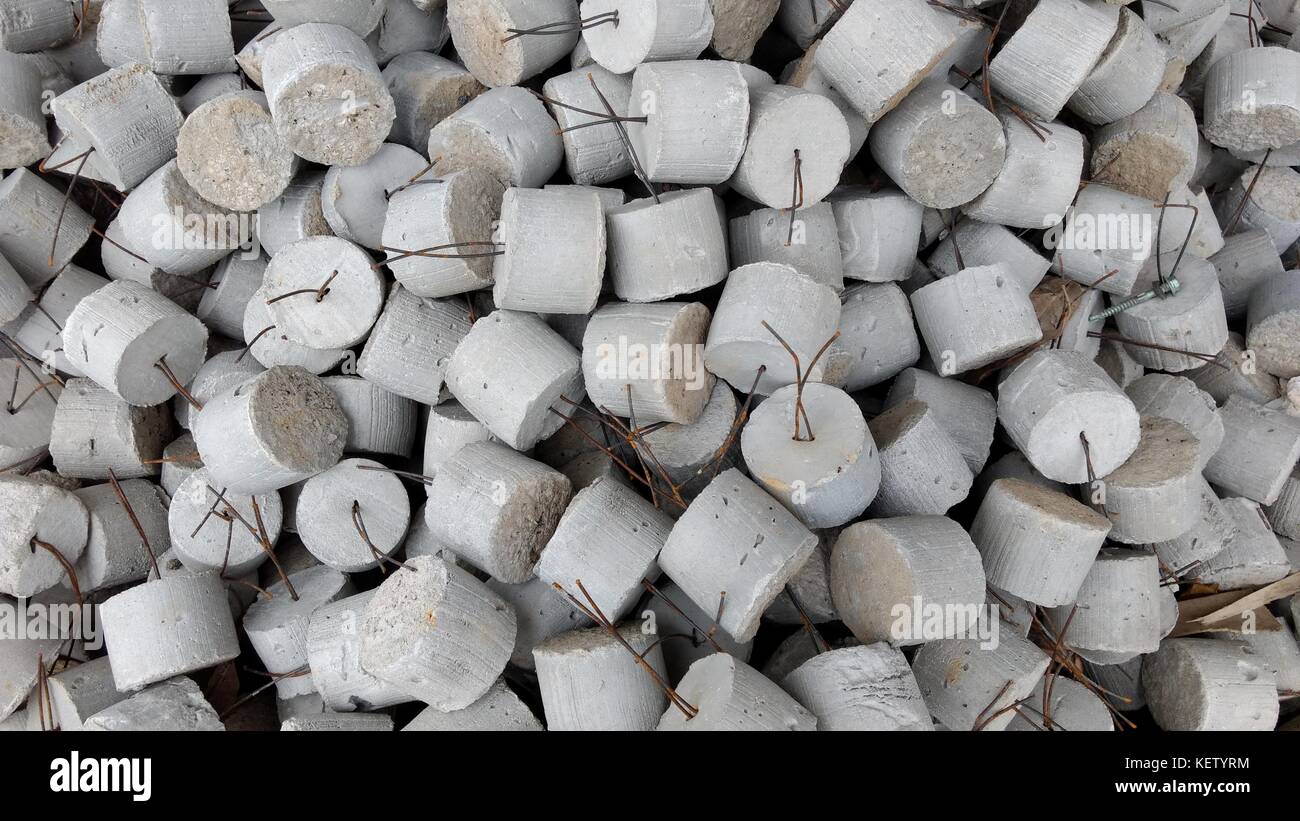
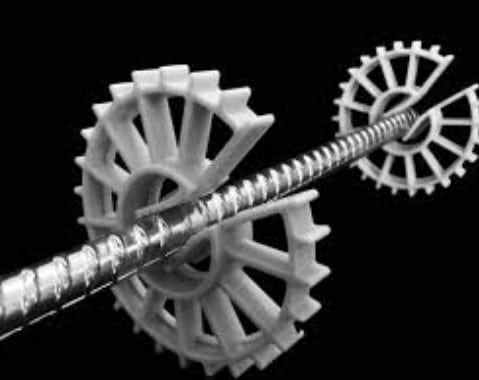
Donut spacer
Jadual Ketebalan penutup konkrit berdasarkan kegunaannya
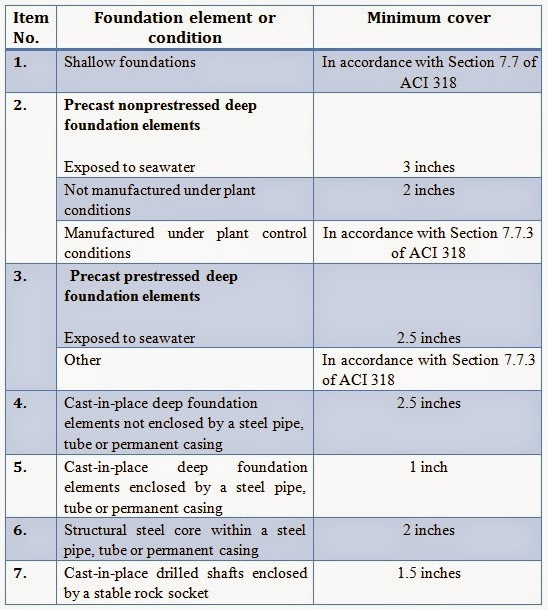
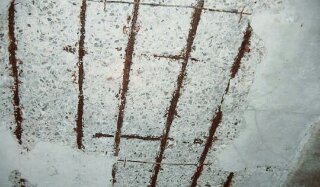
Kegagalan pada penutup konkrit
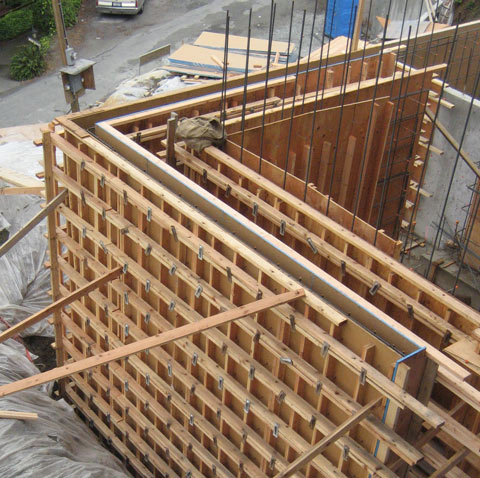
Kotak bentuk daripada kayu dan papan lapis

Kotak bentuk Fiber Glass
Kotak bentuk keluli



Comments